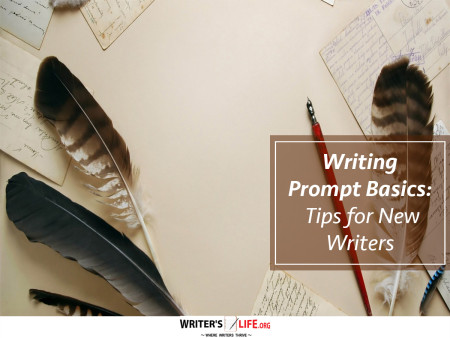- How To Tackle Jealousy In Creative Writing
- Common Submission Mistakes
- How To Stop Your Blog Becoming Boring
- The One Thing Every Successful Writer Has In Common
- How To Make Yourself Aware Of Publishing Scams
- Why Almost ALL Writers Make These Grammar Mistakes At Some Point
- 5 Tips For Authors On How To Deal With Rejection
- Top Mistakes to Avoid When Writing a Novel
- How to Avoid Common New Writer Mistakes
- 10 Mistakes New Fiction Writers Make
5 Game-Changing Writing Tips to Enhance Your Storytelling

Introduction: How a Coffee Chat Sparked a Creative Breakthrough
It all started with a casual chat over coffee with my dear friend, Emily, a fellow writing enthusiast. While sipping our steaming cups, we found ourselves deep in a conversation about storytelling and how certain strategies could truly transform our narratives. As we talked, I realized that many of the insights we discussed could help other writers, whether they're just starting their journey or are seasoned authors. So, grab your favorite drink, and let's dive into five game-changing writing tips to enhance your storytelling.
Tip 1: Show, Don't Tell - A Timeless Truth
This is one tip Emily and I always circle back to. Instead of saying, "John was sad," think about how to paint a picture that illustrates his emotion. Maybe John bunched his fists, dropped his gaze, and let out a heavy sigh as he stared at the ground. By engaging the reader's senses and imagination, you create an immersive experience. Trust me, when you focus on showing rather than telling, your narrative becomes more vibrant and engaging.
Tip 2: Develop Multi-Dimensional Characters
Characters are the heart of your story. During our chat, Emily told me about a character from her novel, an antagonist who had a secret love for painting. That single detail added depth and relatability. Ensure your characters have desires, flaws, and unique traits, making them feel real. The more layers your characters have, the more readers will connect with them.
Tip 3: Embrace the Power of Dialogue
Dialogue can be a writer's best tool for showing character and advancing the plot naturally. A well-crafted conversation can reveal backstory, build tension, or create intimacy between characters. As Emily once advised, "Let your characters speak for themselves, and they'll tell the reader everything they need to know."
Tip 4: Build a Vivid Setting
Ever read a book that makes you feel like you're right there in the world it describes? That's the magic of a vivid setting. Whether it's a bustling city or a tranquil forest, a well-described setting can anchor the reader and enrich the story. Emily recommended using sensory details—sounds, smells, sights—to breathe life into your backdrop.
Tip 5: Be Open to Revisions
Writing is a process, and the first draft is just the beginning. Emily and I often exchange drafts, and honestly, it's the revisions where the magic happens. Don't shy away from making changes, no matter how painful it might feel to cut out sections you've labored over. Feedback can be invaluable, so embrace it and watch your story flourish.
Conclusion: Your Story Awaits
Our coffee chat ended with both of us feeling inspired, ready to dive back into our stories with fresh eyes and new strategies. Remember, writing is an ever-evolving journey, and these tips are tools that can help you along the way. Whether you're crafting a new tale or revisiting an old one, approach it with curiosity and excitement.
Now that you've learned the top strategies for enhancing your storytelling, you're one step closer to achieving your writing goals. If you're ready to take the next step, explore expert resources designed to help authors succeed. Access the Writer’s Toolkit Here.

























